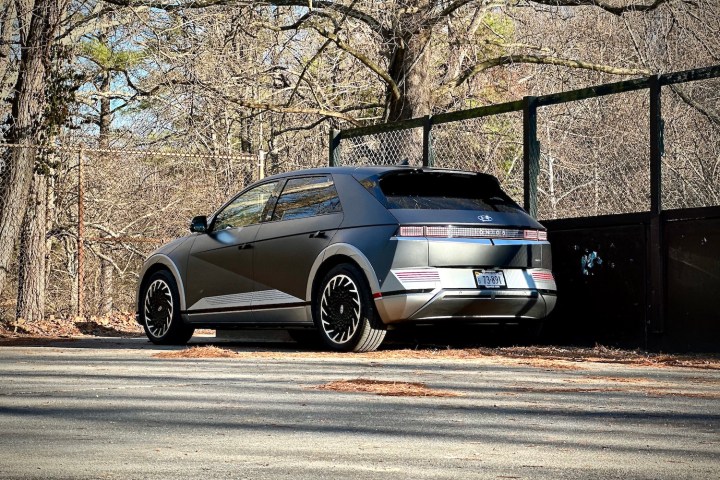
The Hyundai Ioniq 5 has long been one of the most-loved electric vehicles, thanks to its unique and sleek design, solid range and charging speed, and reasonable price. But, it turns out, that price is even more reasonable than you might think — if you’re willing to lease it.
Current offers
Hyundai has been very aggressive in trying to get Ioniq 5 units into the hands of customers, and at the time of this writing, you could lease the vehicle for as little as $219 per month for 36 months, with $3,486.45 due at signing. Over the 36 months, that equates to around $315.85 per month. Not bad at all. That’s for the Ioniq 5 SE, which is the entry-level model.
To be fair, this particular lease deal expires on July 1, which is the day of writing this piece. However, it’s not alone — and as mentioned, Hyundai has been pretty consistent in offering the Ioniq 5 at incredibly low prices. As Electrek points out, this lease price is a lower price than the lease price for the Nissan Versa, which is the cheapest car in America to buy.

Even the Ioniq 5 SEL was available at a very reasonable lease price. Hyundai was offering the vehicle for $229 per month for 24 months, with $3,499 due at the signing of the lease. The total payment when you factor in the initial payment comes to only $374.80 per month — and for some it may be worth it considering the fact that the SEL model has a longer range and some more premium features.
Should you lease?
Of course, to get these offers, you’ll have to be willing to lease the vehicle — and not everyone will be willing to do so.
However, leasing cars has become more popular over the past few years, and it does make sense. Electric vehicles are improving relatively quickly, and new models are being released on a regular basis. The average age of a car or light truck on the road in the U.S. is 12.6 years according to data from S&P Global Mobility, which is a record. But not everyone wants to keep a car for that long — instead wanting to trade-in for a new model every few years. That’s where leasing can come in handy — not to mention the fact that leasing usually makes for lower monthly payments.
However, there’s still something to be said for vehicle ownership. Ownership may mean higher monthly payments, but those monthly payments eventually end. When you lease car after car, payments go on forever. Not only that, but leases usually specify a number of miles that you’re allowed to drive — and if you go over that figure, you can end up spending a lot.
Not everyone should lease — but if you are interested in leasing an EV, the Ioniq 5 is easily worth it, considering the lease prices available for the vehicle right now.



